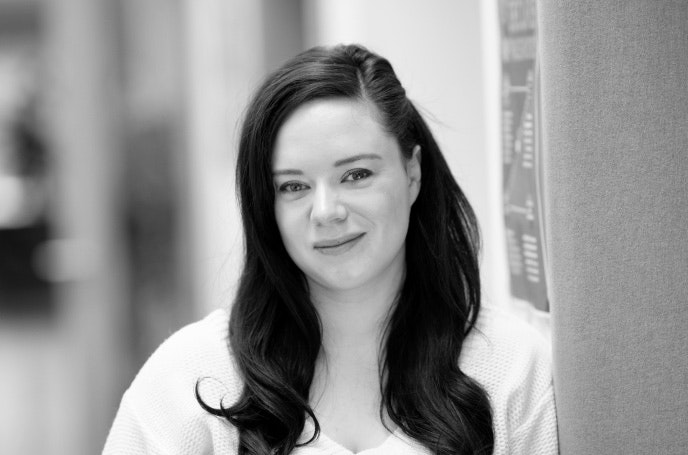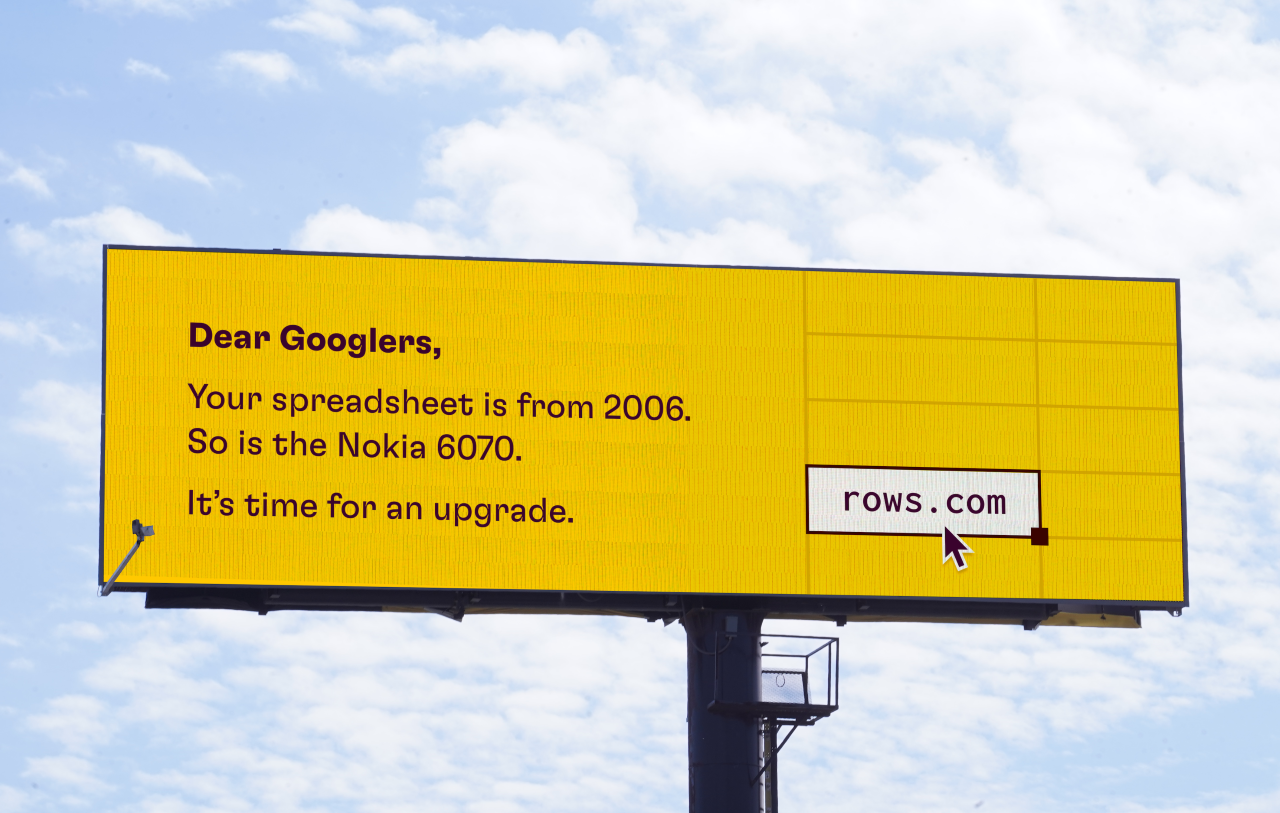Tom Wallis is chief marketing officer at Gousto, the UK-based meal kit company which has had a (highly successful) referral scheme since 2013. Before joining Gousto five years ago, Tom worked at Sky, another company which runs heaps of referral schemes. Here he shares how Gousto made its scheme go from so-so to smash hit.
This Q&A first appeared in our weekly Startup Life newsletter. For more insights like this, sign up here.
Give your referral programme a lot of love
It’s one of those things where most startups put one in, because everybody does, but it’s not given much attention. About two years ago, we put a pretty all-round marketer on our programme full-time, gave them tech resources and did lots of experiments to test and optimise — and that grew it 5x or so.
Tell your customers about it — a lot
We started communicating about the referral programme more, and not just via emails. When a customer is in a good mood — when they’ve just had a good experience — is a good time to prompt them. Or when they’ve just joined and are excited by the product. We now prompt them on the website or app too, which was a big change for us. Only 30% of people are going to open emails, but everyone’s using the app.
Incentivise your referrers, but not as much as your potential customers
We offer customers who refer £15 credit (that’s based on what we know the return will be from a new customer). [New joiners get 60% off their first box and 30% off the first month.] We’ve found that the person who is referring wants to know that their friend is getting a good deal. They’re promoting the product because they like it. I’ve heard that in the US the dynamics are different; people are less altruistic!
Run more campaigns
Once every quarter or so, we run a limited special offer where we double the incentive to £30 to create a sense of urgency. We also follow up whenever people give up on a referral halfway through. Promotions encourage people to make a decision today, rather than the next month or tomorrow.
Let people know what their friends are up to
People like to know whether their friend has done it, or not done it. So now, if their friend hasn’t taken up the offer, the referrer gets a nudge. Introducing some element of fun is good as well. Freetrade has a referral scheme where when you refer a friend, each of you get free shares in a particular company — but you don’t know what it is.
Track what’s working
Look at the funnel from end to end. Track the number of referrals per customer, and look at that by ‘life stage’ as well; are brand new customers referring more? Or customers who’ve been with you for a while? Look at the number of people who are converting and signing up. Track the retention of those customers who did sign up.
Just get started, ASAP
This is one of the cheapest customer acquisition channels. It’s cheaper than ads on Facebook, and you’re using a great selling team — your existing customers. Plus it’s usually relatively easy to get started with. You can build something yourself — we did — or there are lots of companies that allow you to plug something in easily; one that people talk about is called MentionMe.
Aim high
Have quite a lot of faith that wherever your referral scheme starts out, it can get a lot better. If it’s currently accounting for 5% of sales, and you think it can get to 10%, I’d say go for 30%. Some brands can get 50% of their customers through this route. At Gousto, it got a lot bigger than we thought and although I can’t be specific, trust me, it’s worth putting time into.


